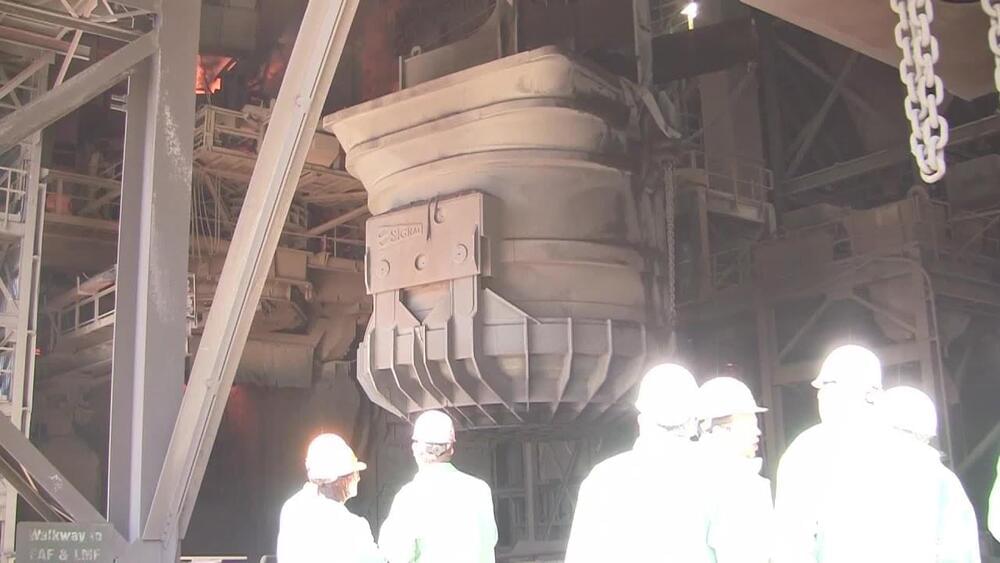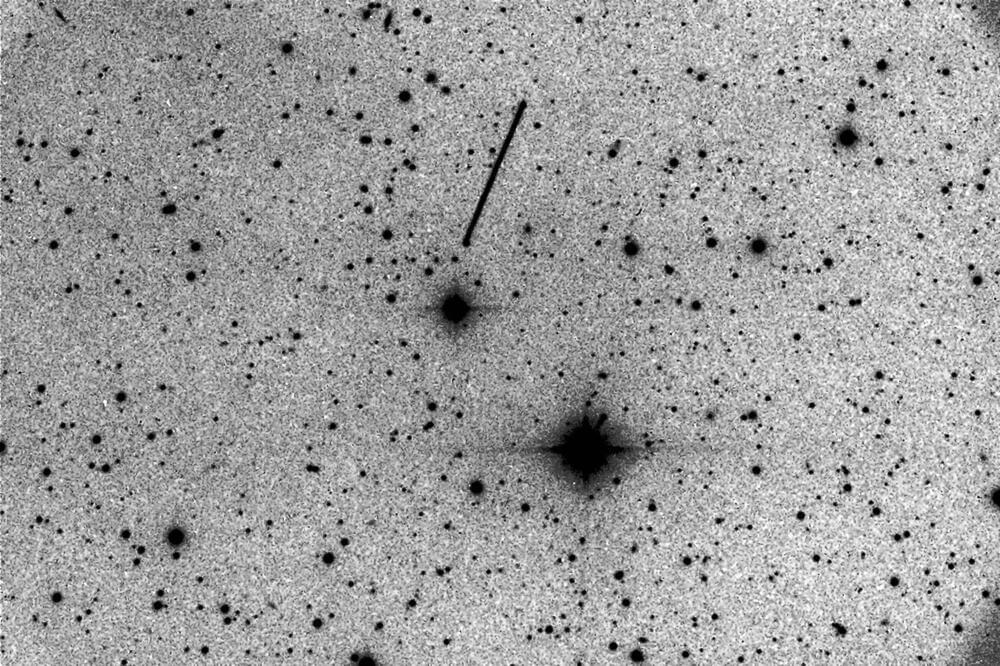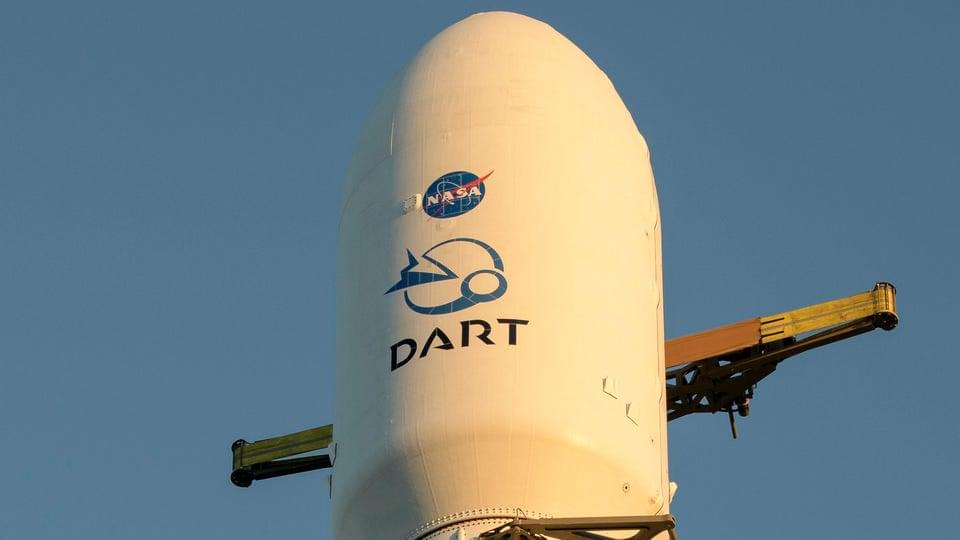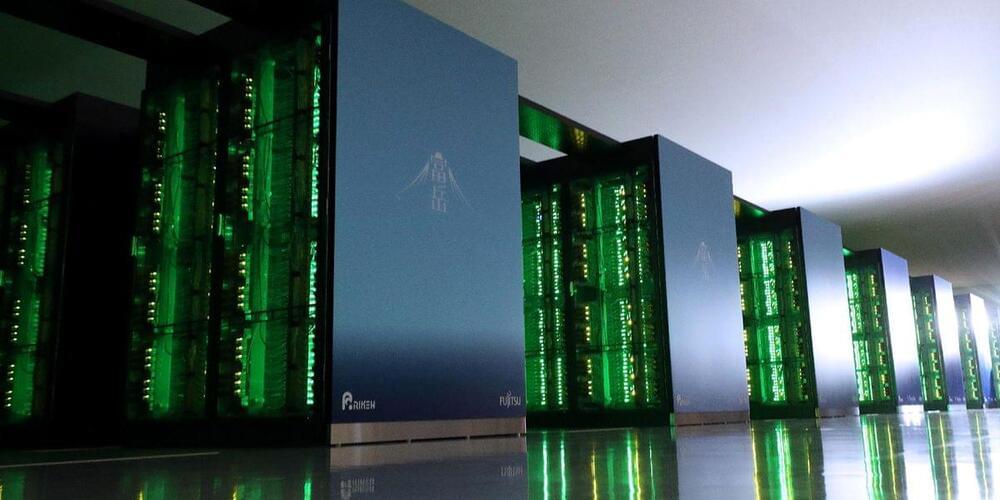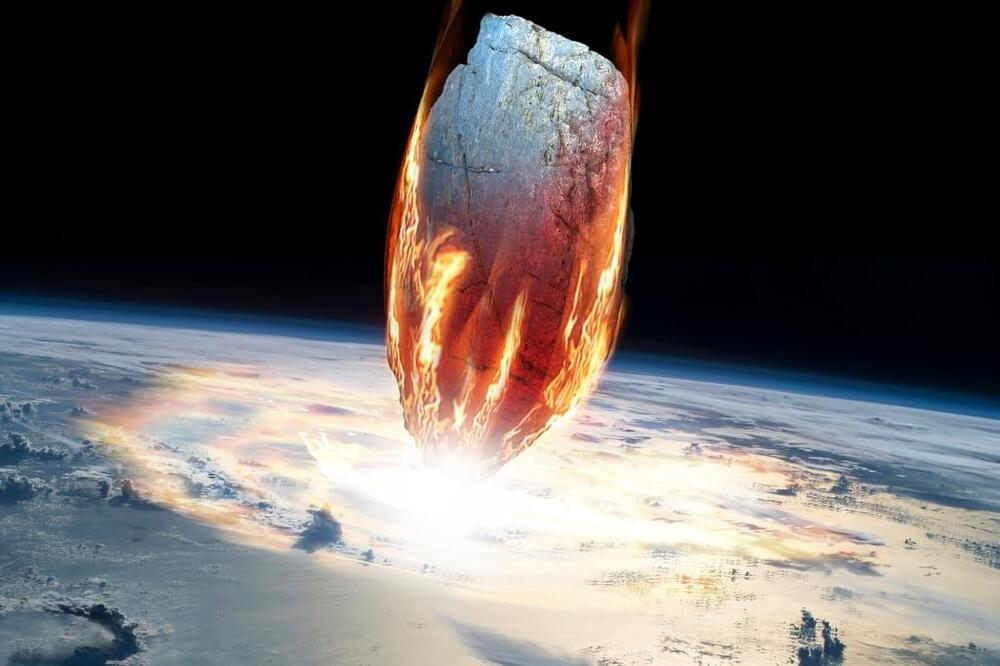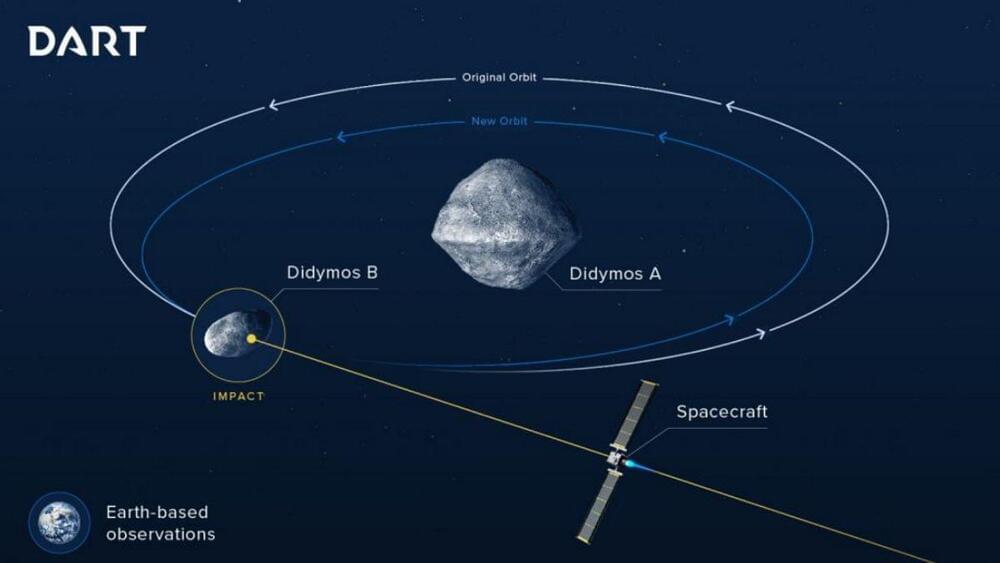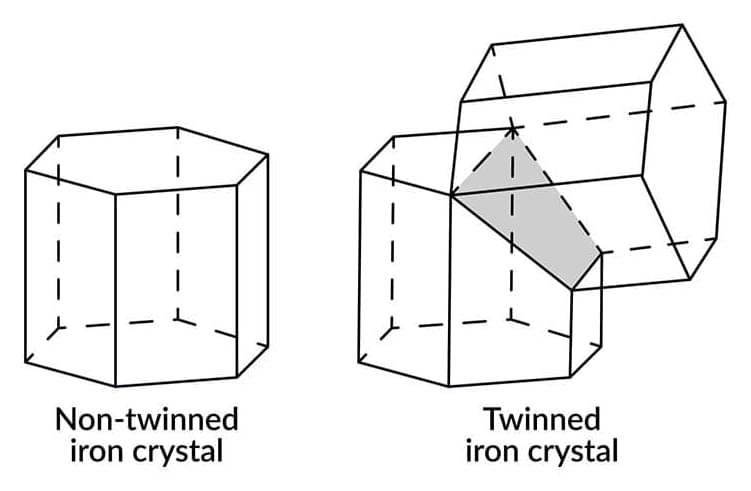Dec 5, 2021
Helen Caldicott — “Th” Thorium Documentary
Posted by Sean Brazell in categories: biotech/medical, existential risks, media & arts, military, nuclear energy
This is the same type of double double DOUBLE down on hyperbolic and aggressive anti expert BS that has pushed a not insignificant portion of the population of the US to throw a violent tantrum against covid19 vaccines and wearing a piece of cloth on their face to keep from DYING. Similarly, ultra environmentalists on the far left have ceased to try to protect the environment FOR future generations. Now they want to protect the environment FROM future generations. They’ve become ANTIHUMAN, often to a disturbingly horrific — if hilariously stupid — extent. LITERALLY. Unless you think we shouldn’t build anything on the sterile, irradiated and dead surface of the moon by polluting it — or any other moon, asteroid, or planet by stepping on it’s surface with our filthy monkey feet. Or throwing trash into the SUN because we’d be…
👉😏🙄POLLUTING IT!🙄🤪👈
Continue reading “Helen Caldicott — ‘Th’ Thorium Documentary” »
